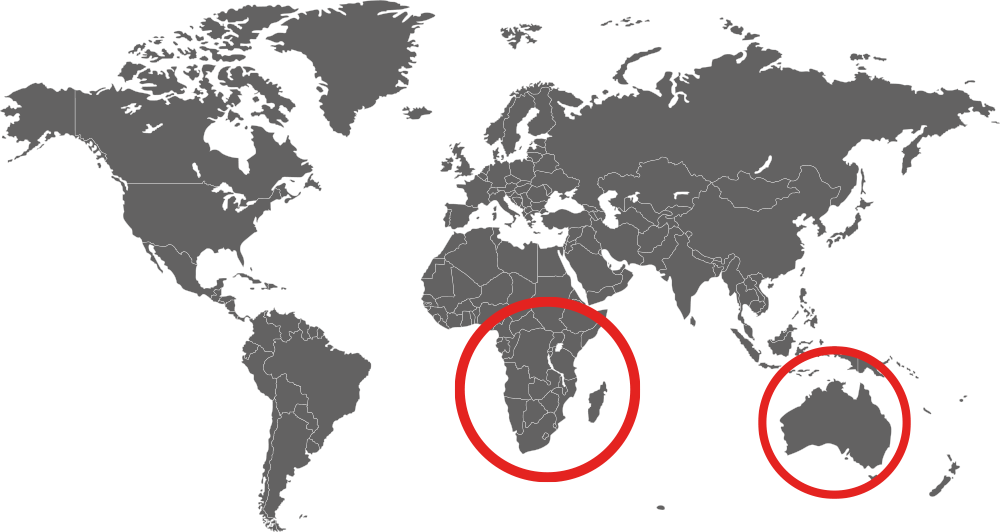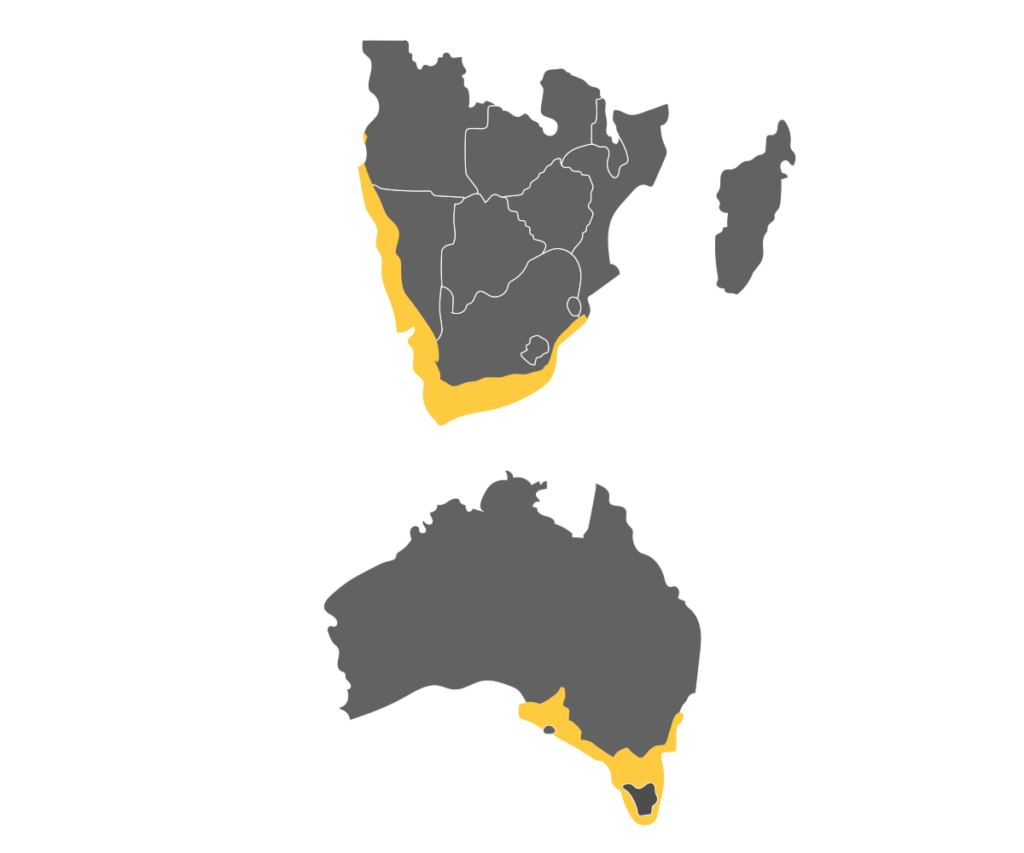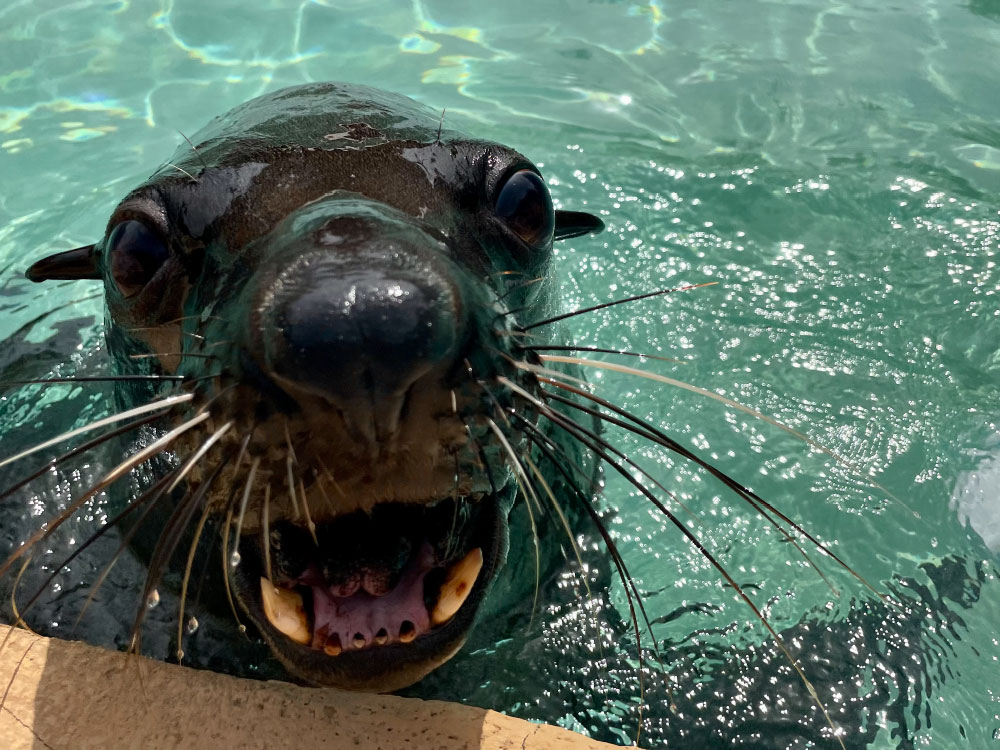Conservation Status:
Least Concern

HABITAT
SEA
DIET
FISH
SOCIAL LIFE GREGARIOUS

WEIGHT
85-360 Kg
GESTATION
357 DAYS


South-African fur seals are not true seals (Phocid), they are eared seals (Otariidae). True seals are distinguished from eared seals by the absence of external visible ears and the inability to draw their hind limbs forward under their body when on land, which results in their typical “humping” method of locomotion on land.
South-African fur seals forage in both pelagic and benthic environments, which means their dives take place in open sea, beyond the continent shelf, with recorded depths of 200 meters, although the majority of dives take place between 50 to 70 meters. Mean dive duration varies between one and two minutes. The reason they can dive this deep and stay underwater this long is because they have a high tolerance for carbon dioxide. The oxygen in their body concentrates in their heart and nervous system rather than non-vital organs.
In water eared seals engage in unihemispheric sleep, in which one side of the brain sleeps while the other side is awake. This phenomenon is observed most notably in birds, but also in aquatic mammals. Unihemispheric sleep allows them to continue to swim and breathe, keeping track of other group members and eventually watching for predators.
